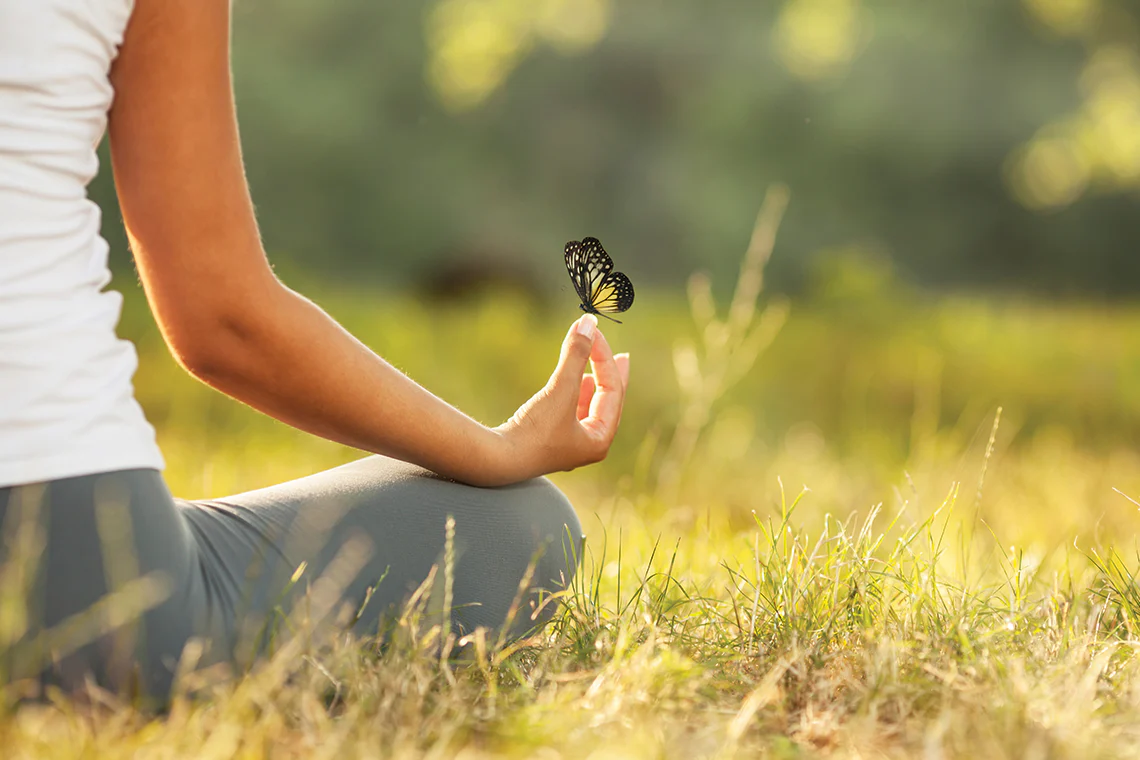In today’s fast-paced, hyper-connected society, wellness has evolved far beyond the absence of disease. It’s now about achieving balance — nurturing the body, calming the mind, and creating habits that sustain long-term vitality. Health and wellness are no longer seen as luxuries but as essential elements of a fulfilling life. The modern approach to wellness integrates physical fitness, nutrition, emotional health, mindfulness, and social connection into a holistic model of well-being.
The Shift Toward Preventive Wellness
For decades, health care was primarily reactive — people sought help only after illness struck. But in recent years, there has been a profound shift toward preventive wellness, emphasizing lifestyle choices that reduce the risk of chronic diseases before they begin.
This shift is driven by awareness of how deeply habits influence long-term health. Poor diet, lack of sleep, chronic stress, and physical inactivity are now recognized as major contributors to heart disease, obesity, diabetes, and mental health disorders. Preventive wellness focuses on reversing those trends through proactive self-care — eating nutritious foods, exercising regularly, sleeping adequately, and managing stress effectively.
It’s a movement grounded in empowerment. Instead of relying solely on medicine, individuals are taking ownership of their health and integrating well-being into daily life.
Physical Health: Movement as Medicine
Physical wellness forms the foundation of holistic health. The human body was designed to move, yet modern lifestyles often confine people to desks, cars, and screens. Regular exercise, even in moderate forms, plays a vital role in maintaining cardiovascular health, muscle strength, and flexibility.
The good news? Wellness doesn’t demand high-intensity workouts or expensive gym memberships. Activities like walking, cycling, swimming, yoga, or even dancing can deliver remarkable benefits. According to the World Health Organization (WHO), just 150 minutes of moderate physical activity per week can significantly reduce the risk of chronic illness and boost longevity.
Beyond physical benefits, movement also improves mood and cognitive function. Exercise releases endorphins — often called “feel-good” hormones — which alleviate anxiety and depression. It enhances focus, energy, and resilience, making it as much a mental health practice as a physical one.
Nutrition: The Foundation of Vitality
“You are what you eat” may sound cliché, but science continues to prove its truth. Nutrition is central to wellness, influencing everything from energy levels to immune strength and emotional stability.
Modern wellness trends emphasize whole, nutrient-dense foods — fruits, vegetables, whole grains, lean proteins, and healthy fats — while minimizing processed ingredients and added sugars. The Mediterranean diet, for example, rich in olive oil, fish, nuts, and fresh produce, has been consistently linked to reduced heart disease and improved longevity.
Hydration is another cornerstone of wellness often overlooked. The human body is roughly 60% water, and even mild dehydration can cause fatigue, brain fog, and irritability. Maintaining proper hydration supports digestion, circulation, and skin health — simple yet transformative.
Equally important is mindful eating — paying attention to hunger cues, eating slowly, and savoring food without distraction. This practice not only improves digestion but also helps regulate portion sizes and prevents emotional overeating.

Mental and Emotional Well-being
No aspect of wellness is more critical — or more overlooked — than mental health. In recent years, anxiety, burnout, and depression have risen sharply, particularly in the post-pandemic world. While physical health is visible, mental health often hides beneath the surface.
Holistic wellness recognizes the deep connection between mind and body. Stress, for example, doesn’t just affect mood; it triggers hormonal imbalances, disrupts sleep, and weakens immunity. Therefore, managing stress is as essential to health as nutrition or exercise.
Mindfulness and meditation have emerged as powerful tools in this area. These practices teach awareness of the present moment, helping individuals regulate emotions and reduce reactivity. Studies have shown that even 10 minutes of daily mindfulness can lower cortisol levels, improve concentration, and enhance emotional resilience.
Another key to emotional wellness is self-compassion — the ability to treat oneself with kindness instead of judgment. Many people are their own harshest critics, creating cycles of guilt and stress that undermine well-being. Learning to forgive oneself, rest without guilt, and accept imperfection is a vital part of a balanced mind.
Sleep: The Unsung Hero of Health
In the pursuit of productivity, sleep is often the first sacrifice. Yet sleep is not a luxury — it’s a biological necessity. During rest, the body repairs tissues, consolidates memories, and regulates hormones.
Chronic sleep deprivation is linked to obesity, diabetes, heart disease, and cognitive decline. Adults typically need seven to nine hours of quality sleep per night to function optimally.
Creating a sleep-friendly routine — turning off screens an hour before bed, keeping a consistent schedule, and avoiding caffeine late in the day — can dramatically improve sleep quality. Practices like meditation, reading, or gentle stretching can also help signal the body that it’s time to wind down.
Social and Environmental Wellness
Wellness isn’t only personal — it’s also relational. Humans are social beings, and meaningful connections are crucial for emotional health. Strong social networks provide emotional support, reduce stress, and even improve immune function. Loneliness, by contrast, has been linked to increased mortality rates and mental decline.
Cultivating connection doesn’t require a large circle of friends; even a few deep relationships can make a significant difference. Engaging in community activities, volunteering, or spending quality time with loved ones nurtures a sense of belonging that enriches overall well-being.
Environmental wellness also plays a growing role in the modern wellness movement. Clean air, green spaces, and access to nature all influence mental and physical health. Spending time outdoors, even for 20 minutes a day, has been shown to reduce blood pressure, lower stress, and boost mood.
Technology and Wellness: Finding the Balance
Technology is both a challenge and a tool for wellness. On one hand, excessive screen time and digital overload contribute to eye strain, poor posture, and mental fatigue. On the other, tech innovations — like fitness trackers, meditation apps, and telehealth services — make self-care more accessible than ever.
The key lies in digital balance. Using technology mindfully can enhance wellness without dominating it. For example, setting screen time limits, scheduling “unplugged” hours, and using wellness apps to track progress rather than chase perfection helps maintain a healthy relationship with tech.
The Rise of Holistic and Integrative Wellness
Modern wellness increasingly embraces holistic health — the integration of body, mind, and spirit. Practices such as yoga, acupuncture, aromatherapy, and breathwork are gaining popularity as people seek natural, non-invasive approaches to healing and balance.
Integrative medicine combines traditional medical care with complementary therapies, recognizing that optimal health is multidimensional. It’s not about rejecting modern medicine but enriching it with lifestyle-based prevention and self-awareness.

Conclusion: Wellness as a Lifelong Journey
Wellness is not a destination — it’s a lifelong journey of self-discovery and care. It’s about making daily choices that align with your values, body, and goals. Some days that means pushing your limits; others, it means resting and restoring.
True health and wellness are achieved when mind, body, and spirit are in harmony. By embracing holistic living — moving mindfully, eating well, sleeping deeply, and nurturing relationships — we create the conditions not just to live longer, but to live better.
In a world that constantly pushes us to do more, wellness invites us to simply be — present, balanced, and whole.

